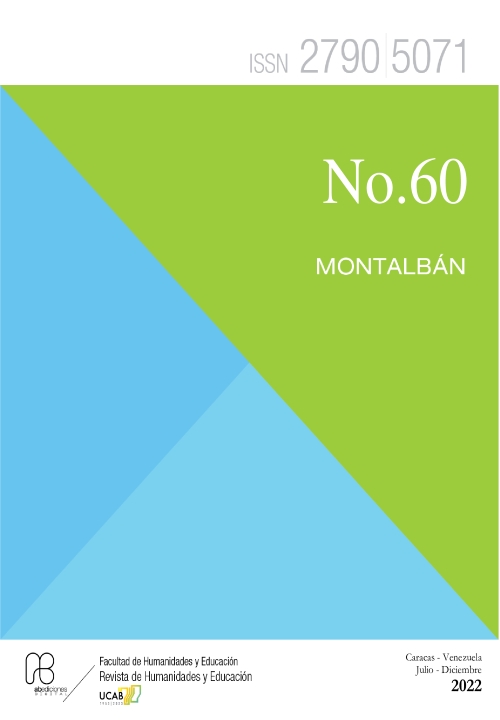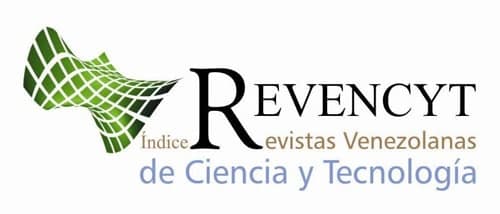'The sacred bones are already venerated'. The relics in the church of the Society of Jesus of Tunja (1613-1820)
DOI:
https://doi.org/10.62876/rm.v1i60.5820Keywords:
Relics, Counter-Reformation, Thaumaturgy, Society of Jesus, Tunja (Colombia)Abstract
This article addresses the role of the Society of Jesus in the spread of Paleo-Christian martyrs relics in the Hispanic world, according to the Council of Trent. The arrival of the relics to the New World coincides with the foundation of new Jesuit colleges that privilege the thaumaturgic use of relics and their role in the extirpation of idolatry. In the New Kingdom of Granada, the relics brought by the Jesuits from the Roman catacombs, in the second decade of the 17th century, procession in Santafe and Tunja in a baroque feast sacralizing the space of the temples of the Society of Jesus in the two cities and reinforcing its urban prestige in the Catholic monarchy. In Tunja, in the second half of the 18th century, after the expulsion of the Jesuits, the relics began a long period of deterioration until they disappeared after the Wars of Independence.
Downloads
References
Doctor y Magister en Historia de la Universidad Pedagógica y Tecnológica de Colombia-UPTC, doctor en Medicina y Cirugía de la Universidad Nacional de Colombia. Investigador del Grupo de Investigación Historia de la Salud en Boyacá-UPTC y del Museo de Historia de la Medicina y la Salud-UPTC. Sus áreas de investigación principales son Historia de la Medicina y la Salud e Historia del Arte.
Doctor en Historia y Magister en Antropología de la Universidad Nacional de Colombia. Investigador del Grupo de Historia de la Salud en Boyacá-UPTC. Actualmente se desempeña profesionalmente en la Universidad Nacional de Colombia, Sede Bogotá. Sus áreas de investigación principales son: Historia de la Medicina y la Salud e Historia del Arte
Rosa Maria Do Santos, “Trento y el culto de reliquias. Un difícil disciplinar”, en: De la tierra al cielo. Líneas recientes de investigación en historia moderna, Eliseo Serrano Martín (ed.) (Zaragoza: Fundación Española de Historia Moderna, Institución Fernando el católico, 2012), 179, 181.





